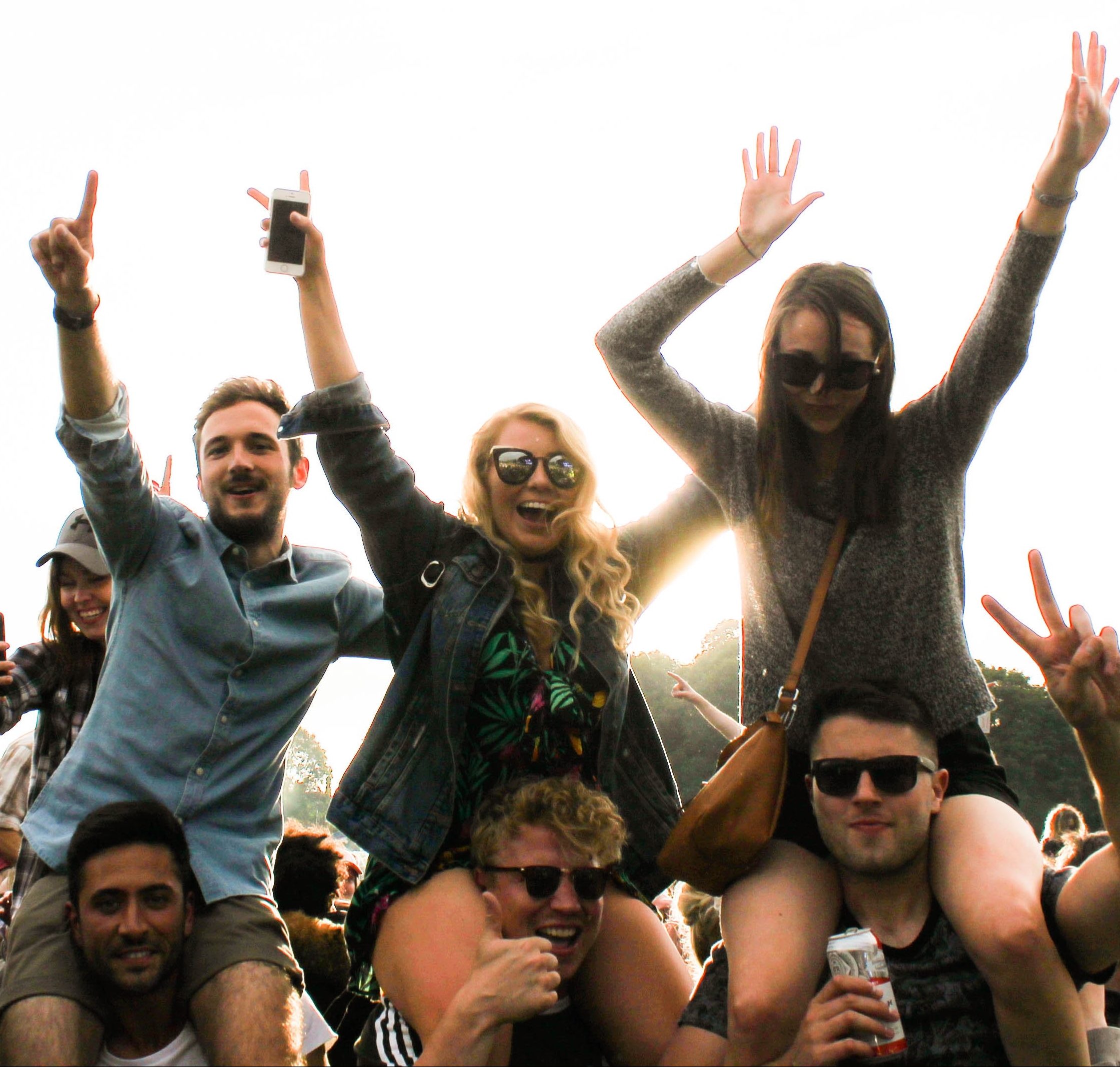You and your partner are out to dinner at a fine restaurant. The leather-bound 16-page menu arrives with multiple options for hors d’oeuvres, mains and dessert. The wine list is overwhelming. The discussion is dominated for some time by the complexities of choice available until, with some hesitation, decisions are made. The conversation meanders until, after a lengthy wait, the hors d’oeuvres arrive. Your partner leans over and observes: “Your’s looks nice…” Familiar?
Too much choice often creates uncertainty. Advances in technology ensure that options expand over time. You can have any colour, size or shape you want, when you want. Accommodating your choice may involve additional costs and it could take extra time. Or maybe not.
Despite the proliferation of options, some of the world’s most compelling brands have staked their futures on exactly the opposite of choice — the simple assumption that people may prefer fewer choices but more predictability. If a successful system can be replicated just once, duplicating it again should be possible. Numerous restaurant chains such as McDonalds, Kentucky Fried Chicken and Starbucks have proven this. In South Africa the names Mugg & Bean, Ocean Basket and Nando’s come to mind.
All of these eateries have these key elements in common:
- The menus are limited and predictable
- Branding is distinctive and recognisable
- Service levels are fairly consistent
- Prices are reasonable
- The model encourages strong volumes
- The system is designed to be easily duplicated
By standardising their offering, a visit to one outlet should be much like the next. The advantage of predictability is that customers know what to expect and do not have to overly exert themselves to get what they want. People like to order their “favourites”. It’s easy, it’s popular and it creates a familiar customer experience.
Once a product or system is established, it can be updated as required in order to stay in touch with trends and technological advancements. Like smartphones, successful systems regularly launch new models, or add new menu items. But the system remains familiar. People crave and need predictability. It makes life easier and more comfortable.
This holds true for vehicles, computers, clothing, pharmaceuticals — you name it. Generally we don’t like too many surprises. We prefer not to have to think too hard or have to work it out each time. We prefer to know how it works, what it will do, that it won’t break down any time soon and when it can be discarded or recycled. We crave predictability because it allows us to engage autopilot.
Predictability is the key to duplication. This is not difficult to achieve with systems such as restaurant chains. But how do we get people to collectively support a system and deliver on the promise of a brand? The most compelling method is to call on the immensely powerful need of people to belong and be accepted. It’s easiest if you have the luxury of the right people but, practically, you need to start with the people you have and create a culture that subscribes to rules and values that they had a part in establishing. Once the blueprint is established you have a system. Over time some people will leave and be replaced by others. If your system works, the new people will quickly adapt to how things are done and blend in, thus preserving the culture.
This need not be mechanical and dehumanising. Employees report for work, which might comprise set duties and hours, having agreed to trade a portion of their time in exchange for an income. It may not be inspiring to repeat tasks, but over time people can be rotated to different roles within a system, keeping them relatively fresh and interested. They gain insight into how the system works and are exposed to opportunities for advancement. Individuals may still be able to bring their personalities and creativity to the workplace, which they will in any event be doing outside of work.
Just as customers love predictability, so employees operating in a consistent and predictable environment should be able to support a culture more efficiently. When the bulk of the job is predictable and reliable, far less energy is spent putting out fires because there should be fewer surprises. Creative skills can then be called on to solve any problems that occur and to add value where possible. Over time this should result in consistently positive customer experiences and a more profitable business.
Paul du Toit, CSP, GSF & SASHof














